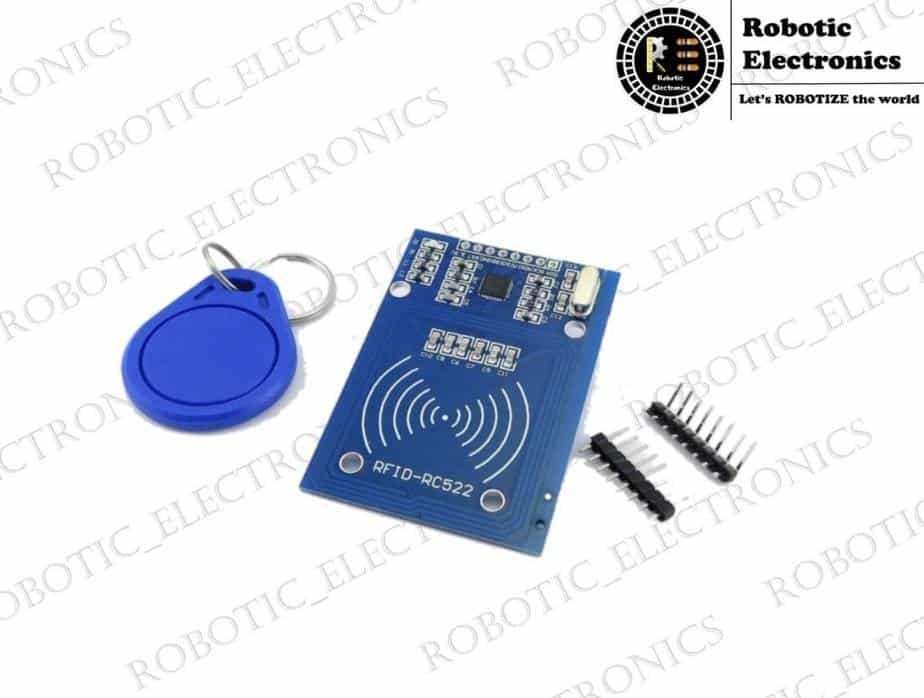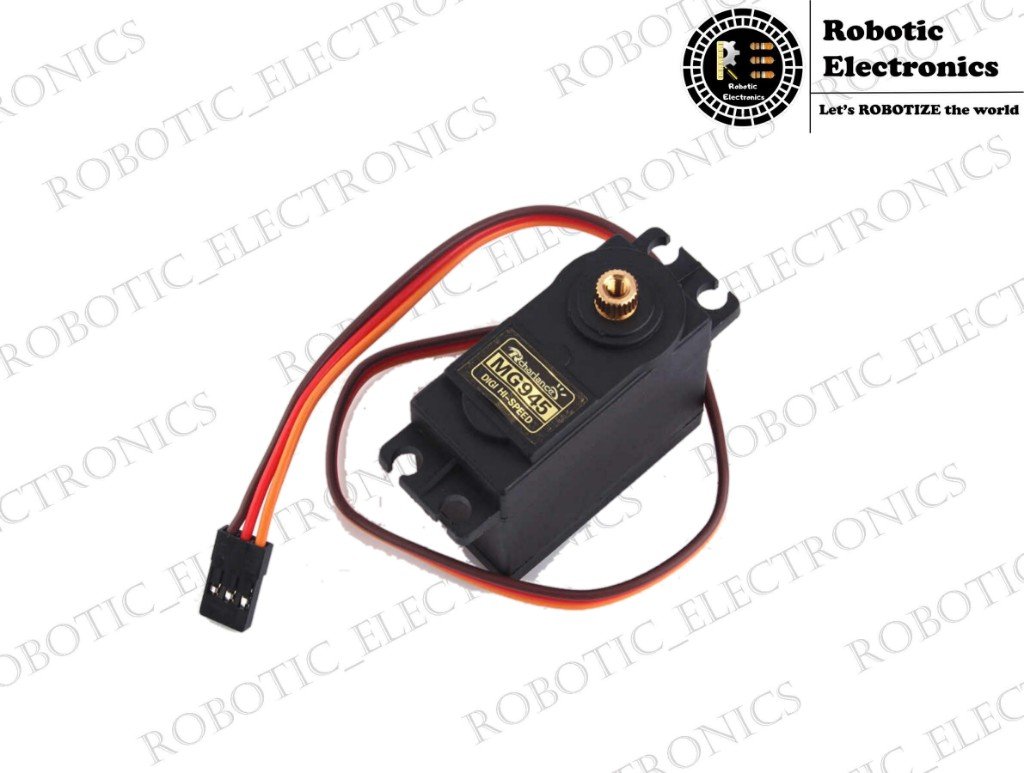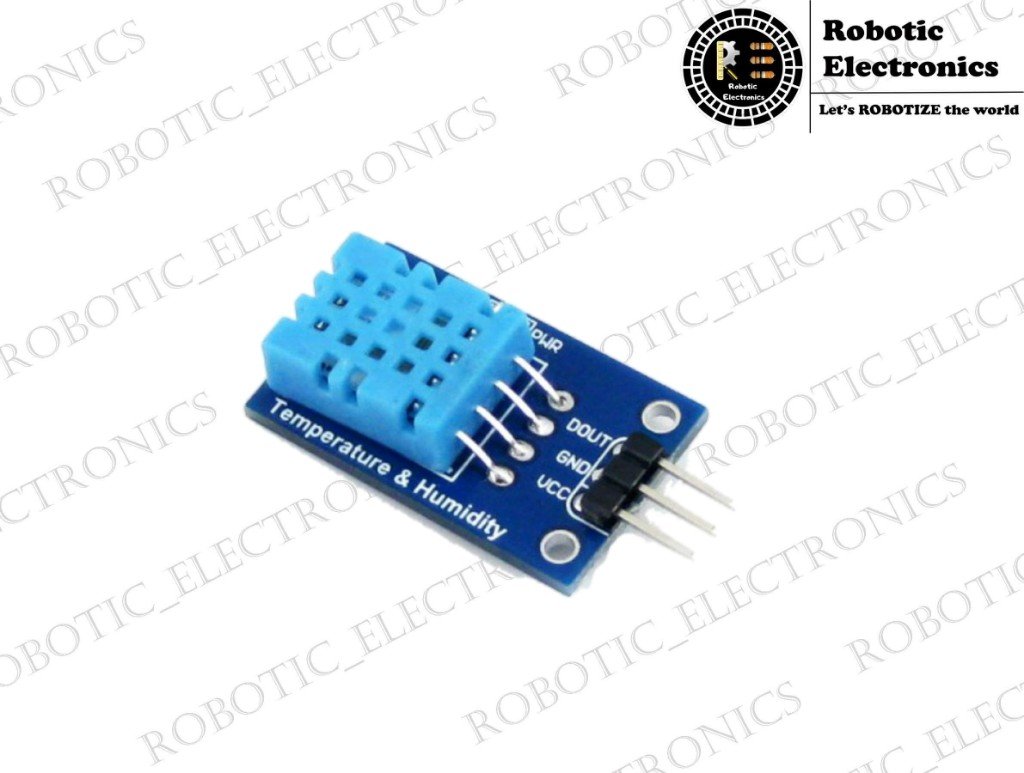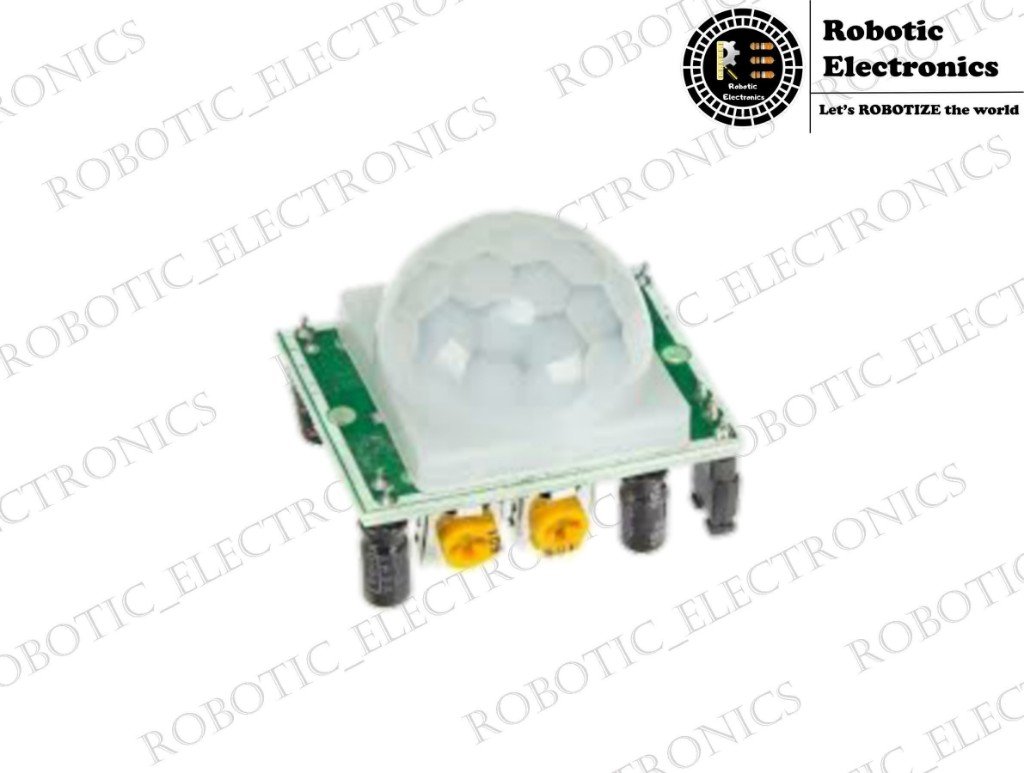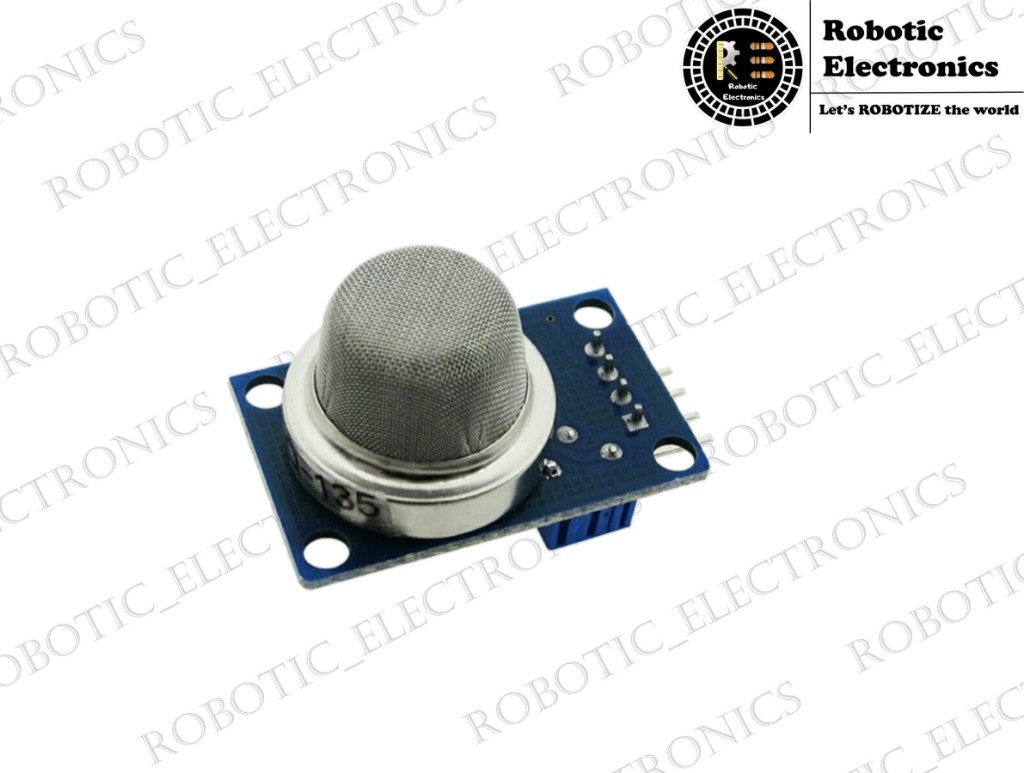Interfacing Arduino with RFID Module
Interfacing Arduino with RFID Module In this article interfacing of RFID module with Arduino is explained, RFID means RADIO FREQUENCY IDENTIFICATION which is invented to track and find the tagged or tag containing objects. RFID works on the principle of ELECTROMAGNETIC INDUCTION. An RFID system consists of two main components which are 1. TRANSCEIVER OR …

